Hyperbaric Oxygen Chamber
Bed Type Hyperbaric Oxygen Chamber
Bed Type Hyperbaric Oxygen Chamber
Pressure up to 2.3 ATA (optional up to 3.0 ATA)
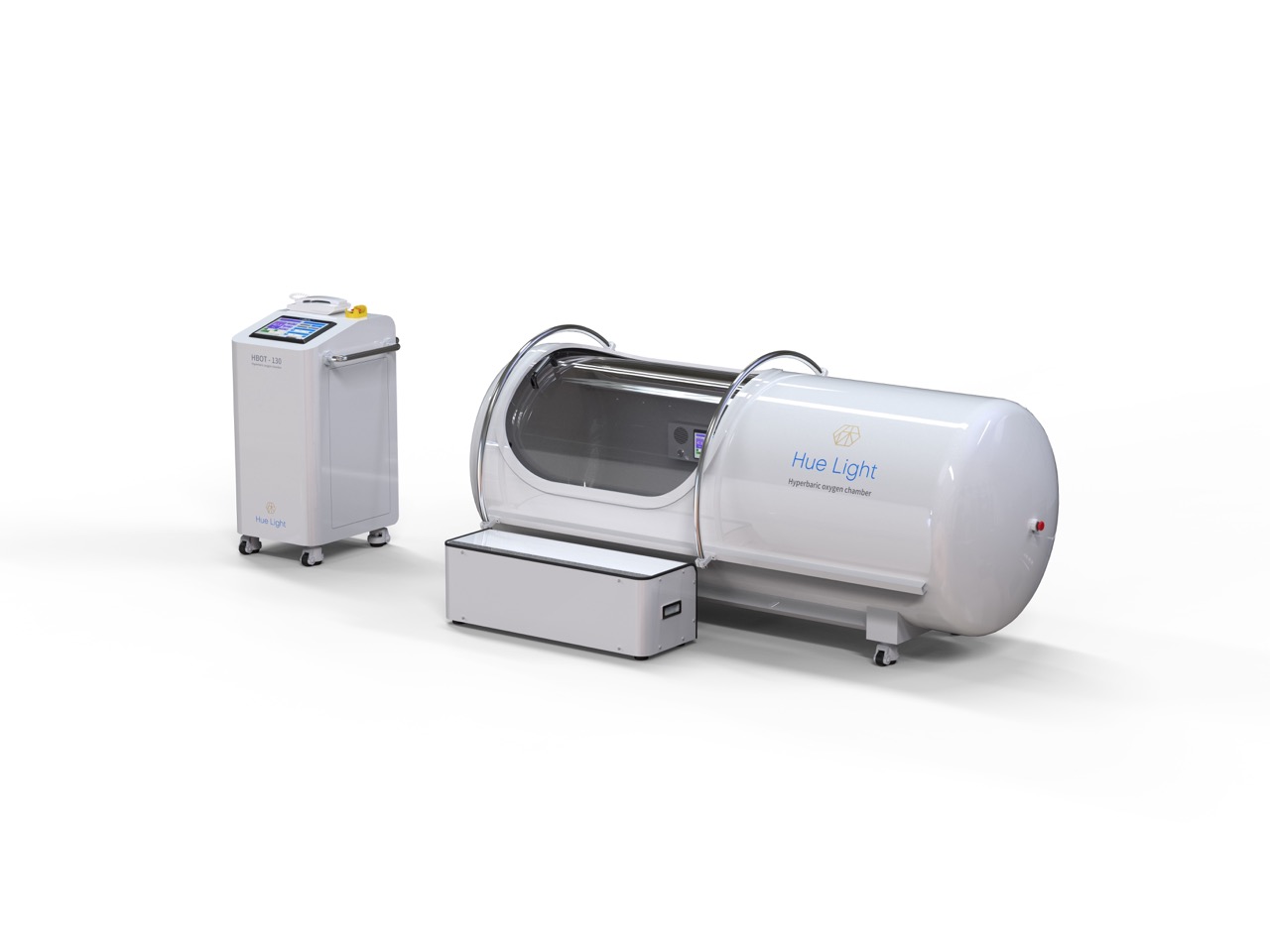
HBOT-130
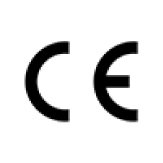 Europe CE
Europe CE
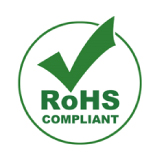 RoHS Hazardous Substance Safety Certification
RoHS Hazardous Substance Safety Certification
 International Medical Device
International Medical DeviceQuality Certification
Engineered for superior Safety, Quality and Performance
Integrated oxygen generator and mask system allows built-in oxygen supply for enhanced convenience.
Wide door ensures easy access for all users.
Main Features
304 Stainless Steel Tank Chamber for Top Quality
Built-In Oxygen Generator
Excellent Stability and Long Life
Easy Equalizing
Excellent Air Conditioning
Hospitals, Clinic Centers
Chamber Material: 304 Stainless Steel
3x higher stability and product durability than standard steel.
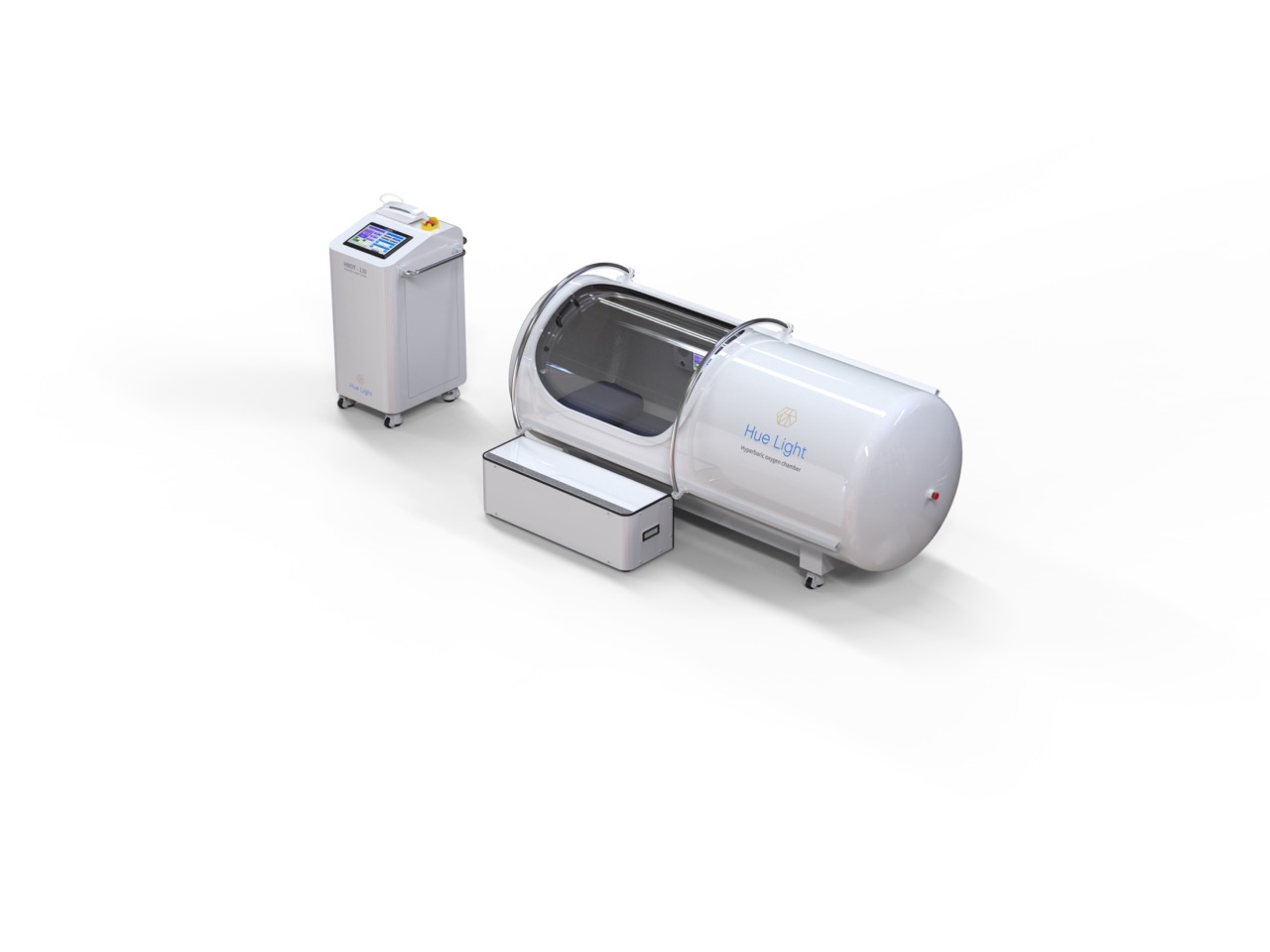
detail
Product Specifications and Basic Features
| Product Name | Supine Hyperbaric Oxygen Chamber |
| Model | HBOT-130 |
| Tank Material | Stainless Steel 304, Thickness 3.6mm |
| Transparent Door Material | PC 30mm, Belt Reinforced |
| Pressurization Method | Air Pressurization (Maintains Internal Stability), Pressurization pump: USA GAST |
| Maximum Pressure | Up to 2.3 ATA (2.3 atmospheres). Settings: 1.1, 1.3, 1.5, 1.7, 2.0, 2.3 (Optional: 2.4~3.0 atmospheres) |
| Oxygen Generator System | Integrated with External Control System |
| Breathing Method | Special Medical Breathing Mask Inside Chamber |
| Operation System | 7-inch Control Screen Inside, 10-inch Main Unit Outside Mechanical Buttons + Touchscreen Dual System |
| Touch Control Panel Languages | English, Korean, Spanish, Portuguese, Polish, Japanese, etc. (17 Languages) |
| Cooling System | Water-Cooled Air Conditioning System for Hyperbaric Oxygen Therapy |
| Dimensions (Main Unit) | 2100mm (L) × 950mm (H) × 810mm (W) |
| Breathing Method | Special Medical Breathing Mask Inside Chamber |
| Pressurization Control Unit | 580mm (L) × 899mm (H) × 390mm (W) |
| Weight | 250 kg, Control Unit: 45 kg |
What Is Hyperbaric Oxygen Therapy (HBOT)?
Hyperbaric Oxygen Therapy (HBOT) is a treatment that increases blood oxygen level and improves hypoxemia by allowing users to breathe high-purity oxygen under elevated atmospheric pressure inside a hyperbaric chamber. This therapy is conducted at pressures ranging from 1.5 to maximum 3.0 ATM, which is higher than normal atmospheric pressure, 1.0 ATM.
Pressure Effect:
Increased pressure reduces the size of gas bubbles in human blood and bodily fluids. This change helps alleviate symptoms and slow disease progression.
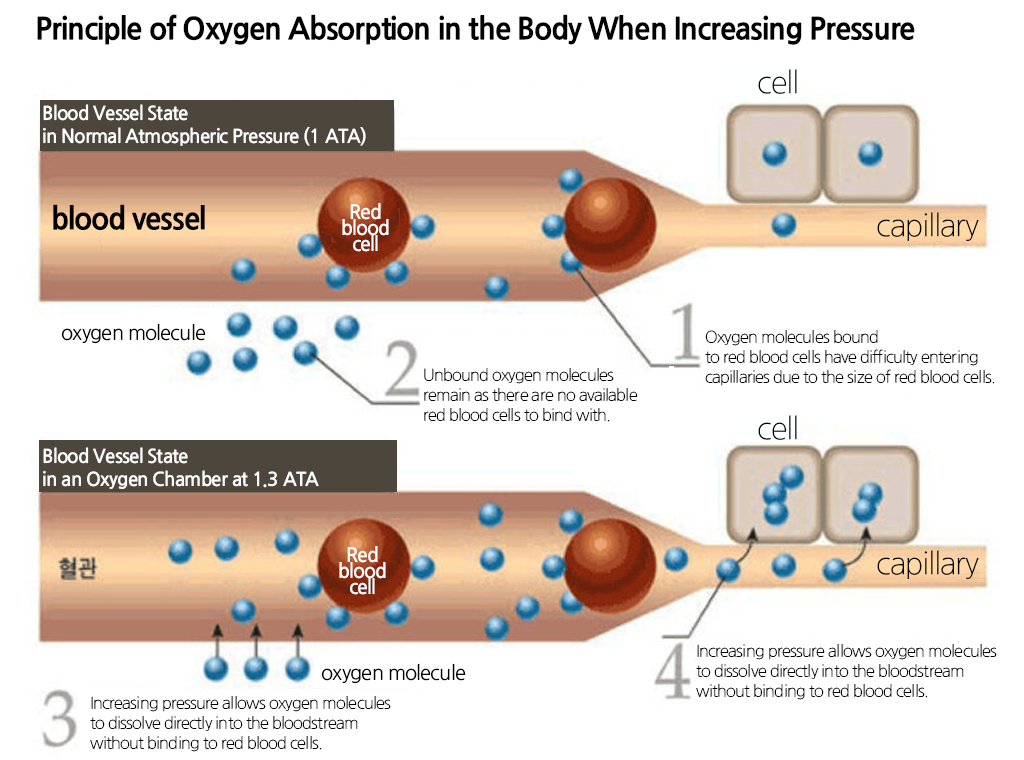
Theory of Combined Oxygen and Dissolved Oxygen
Pharmacological Effects and Benefits
- Enhances Neovascularization – Stimulates cell regeneration and promotes new blood vessel formation.
- Boosts Immune Response – Increases the phagocytic activity of polymorphonuclear leukocytes, aiding in faster healing.
- Improves Oxygen Transport – Increases oxygen delivery to tissues with circulatory disorders by 7 to 10 times.
- Reduces Edema & Supports Lymphatic Drainage – Helps minimize swelling and facilitates the removal of excess fluids.
- Antibacterial Effect – Inhibits the growth of both anaerobic and aerobic bacteria.
Oxygen Absorption Mechanism
Ordinary breathing alone is insufficient to significantly increase oxygen levels in the body. However, in a hyperbaric environment:
- Oxygen is directly dissolved into blood plasma due to its small molecular size, allowing it to easily pass through capillaries.
- Oxygen delivery is not dependent on hemoglobin levels, making it effective even for individuals with reduced red blood cell function.
Hyperbaric Oxygen Therapy (HBOT) and Insurance Coverage
Conditions Covered by Korean Health Insurance
Emergency Treatment:
- Carbon monoxide poisoning
- Decompression sickness (diver’s disease)
- Gas embolism
- Anaerobic bacterial infections (gas gangrene)
- Cyanide poisoning
- Central retinal artery occlusion
- Severe anemia when blood transfusion is not an option
Chronic Wounds and Other Conditions:
- Burns
- Buerger’s disease
- Post-skin graft or flap surgery
- Post-digital replantation surgery
- Radiation-induced tissue necrosis
- Diabetic foot ulcers (W.3)
- Intractable osteomyelitis
- Brain abscess
- Sudden hearing loss
Conditions Not Covered by Korean Health Insurance
HBOT may also be beneficial for conditions involving impaired oxygen and nutrient delivery, including:
- Post-surgical recovery – Ligament repair, fracture healing
- Ear & balance disorders – Meniere’s disease, barotrauma-related ear damage
- Injury rehabilitation – Sports injuries, crush injuries, muscle tears
- Aesthetic & surgical applications – Blindness from filler complications, post-dental implant healing, post-hair transplantation recovery
- Neurological and cardiovascular conditions – Multiple sclerosis, stroke, cerebral infarction, headaches, cardiovascular disease
- Cognitive & developmental support – Autism, brain function decline due to hypoxia, and more

Comparison of Washable High-Pressure Oxygen Chambers
| Category | Huralight BOHT-130 | Other Products | Description |
| Tank Material & Thickness | Stainless Steel (304), 3.6mm | Mild Steel, 2.0mm~2.5mm | Stainless steel ensures superior durability and longevity but is more costly due to material and manufacturing complexities. Mild steel is prone to rust and corrosion, increasing the risk of leakage. |
| Stainless steel ensures superior durability and longevity but is more costly due to material and manufacturing complexities. Mild steel is prone to rust and corrosion, increasing the risk of leakage. | |||
| Transparent Door Material & Thickness | PC (Polycarbonate) 30mm | PC 5mm ~15mm | Transparent door is the most stress-prone component under high pressure. A thicker PC door enhances safety and durability. |
| Transparent door is the most stress-prone component under high pressure. A thicker PC door enhances safety and durability. | |||
| Maximum Pressure | Up to 3.0 ATA (Adjustable: 1.3, 1.5, 1.7, 2.0, 2.3, 2.4–3.0 ATA) | Fixed at 1.3, 1.5, or 2.0 ATA | Adjustable pressure settings allow for customized therapeutic applications. |
| Adjustable pressure settings allow for customized therapeutic applications. | |||
| Pressure Adjustment | Incremental step-based adjustment (1.1, 1.3, 1.5, 1.7, 2.0, 2.3 ATA) | Fixed once set by the operator | Enables gradual pressure modification to accommodate patient adaptation. |
| Enables gradual pressure modification to accommodate patient adaptation. | |||
| Internal Oxygen Mask System | Integrated specialized breathing mask | Not available | Typically available in multi-user chambers, not in single-person models. |
| Typically available in multi-user chambers, not in single-person models. | |||
| Integrated Oxygen Generation | Built-in system producing 10L of 95% oxygen per minute | Not included | External oxygen generators must be purchased separately (~2.5M KRW). |
| External oxygen generators must be purchased separately (~2.5M KRW). | |||
| Touch Control Languages | Korean, English, Japanese, +17 languages | English or Korean only | Supports multilingual accessibility for global users. |
| Air Conditioning | High-pressure oxygen-specific cooling system (Maintains consistent performance at full pressure.) | Weak performance at full pressure | Ensures optimal temperature regulation during therapy. |
| Pressurization Method | Air pressurization | Oxygen gas cylinder or air pressurization | Pressurization via oxygen cylinders increases the risk of oxygen toxicity. |
| Pressurization via oxygen cylinders increases the risk of oxygen toxicity. | |||
| Medical Certification | Complies with international medical device standards | May lack medical certification | Ensures regulatory compliance and quality assurance. |
| Product Pricing | Competitively priced | Significantly overpriced | Many products in the market have artificially inflated costs. |
| Many products in the market have artificially inflated costs. | |||





